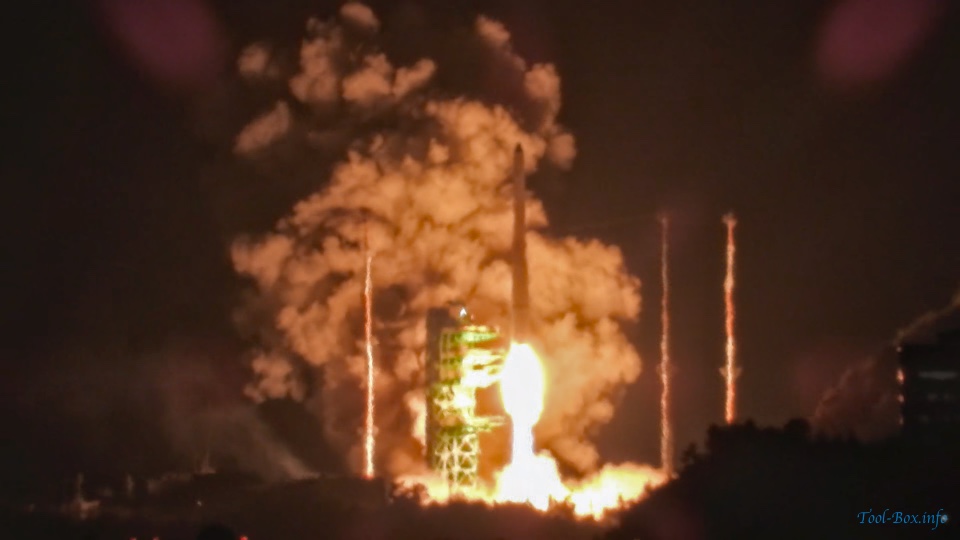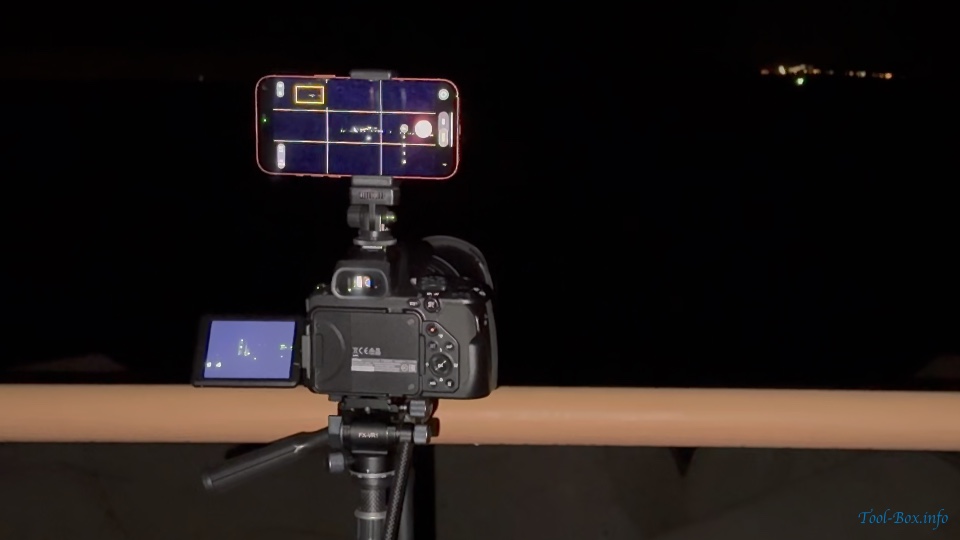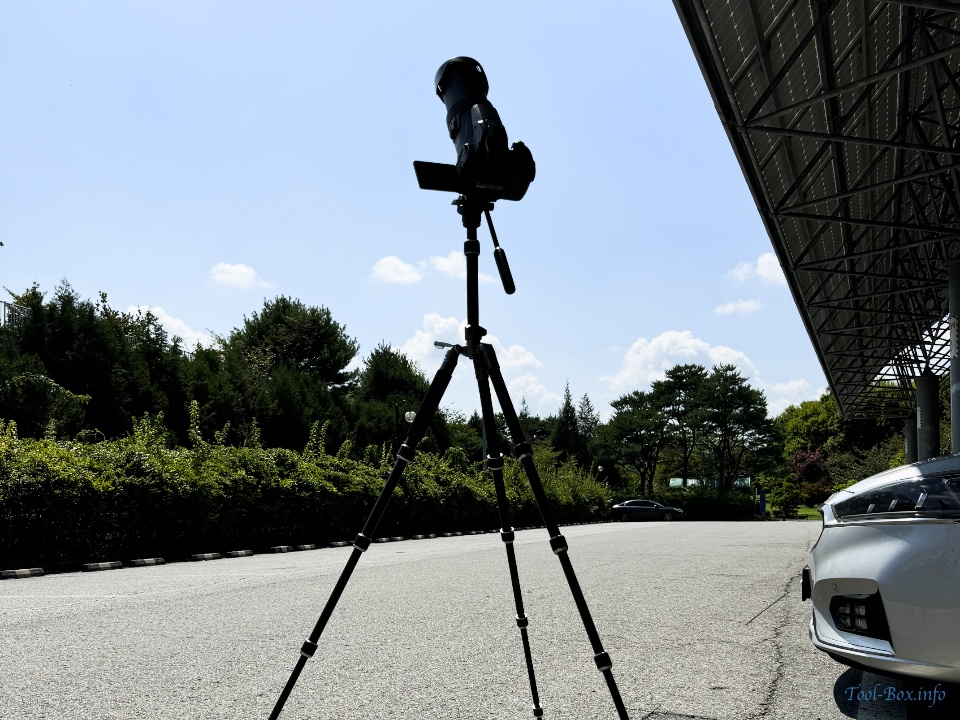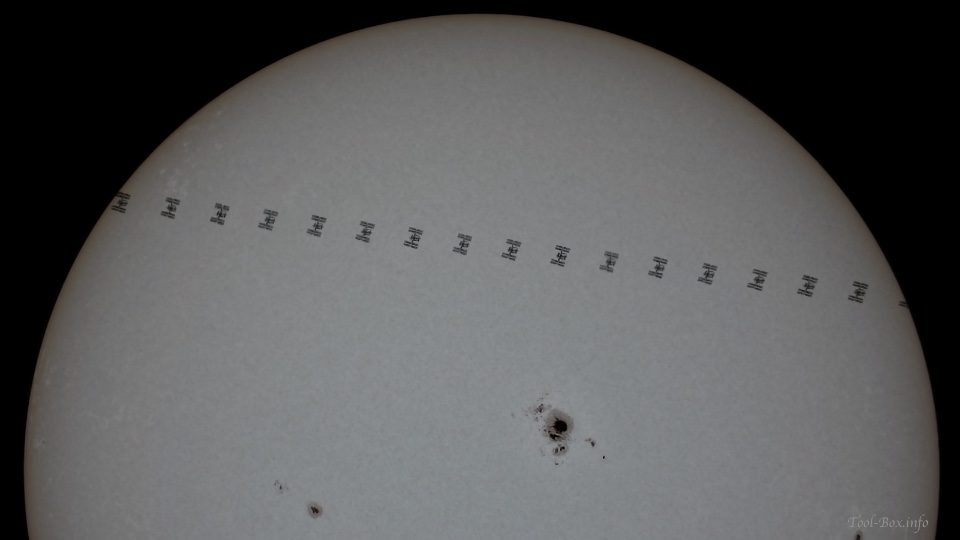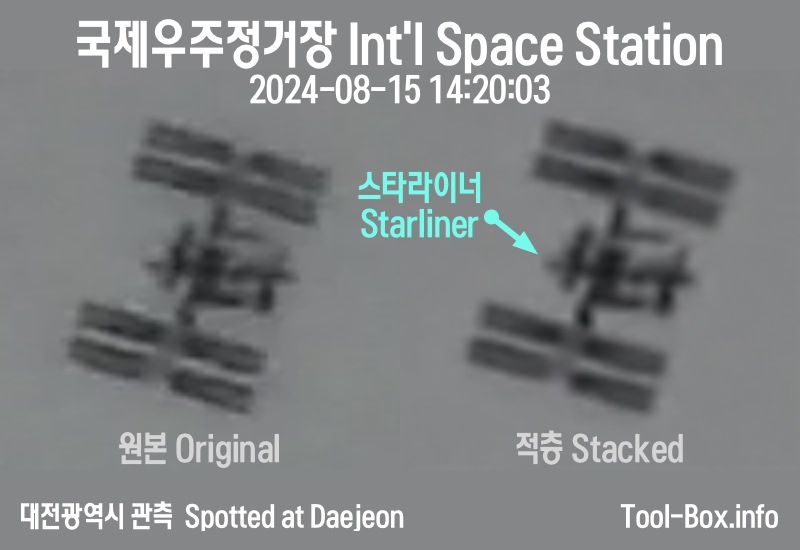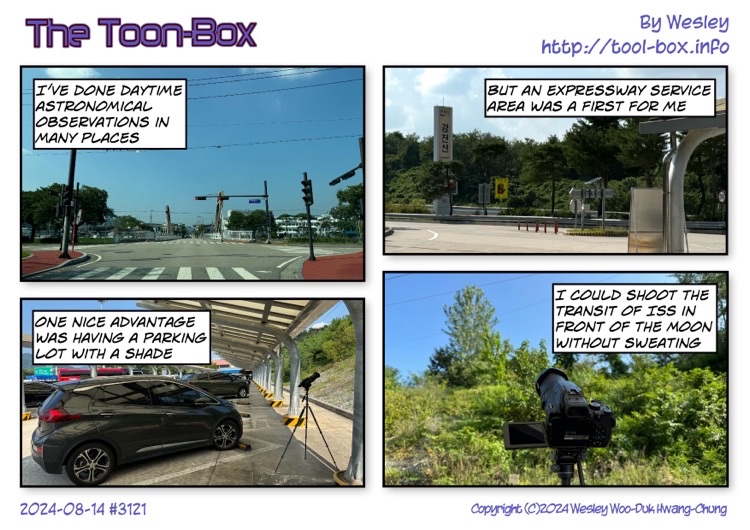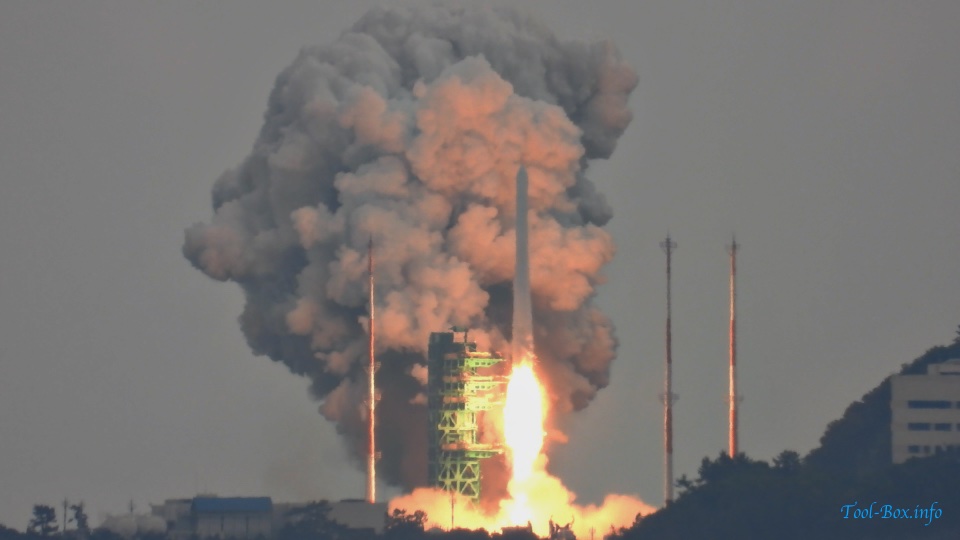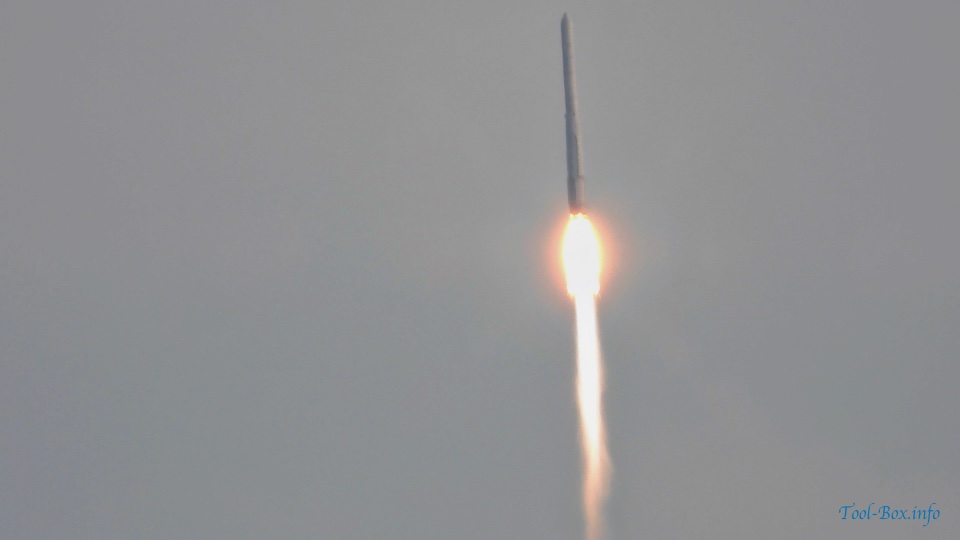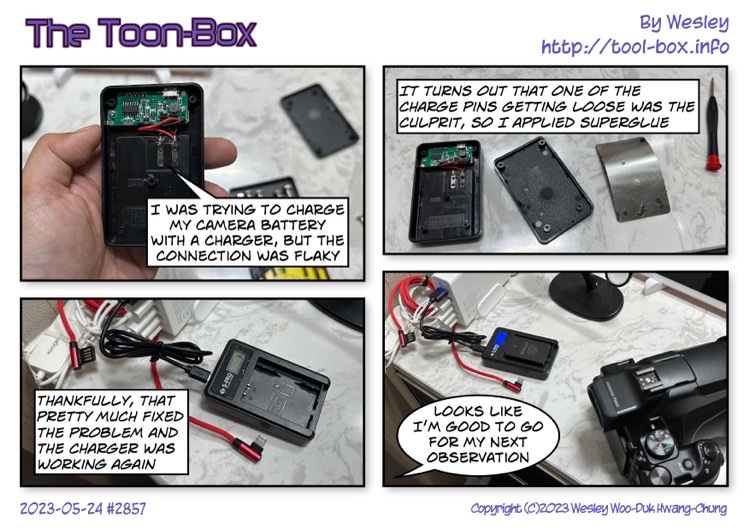Witnessing Nuri Rocket's 4th launch
Posted by Wesley onNuri, Korea's indigenous rocket also known as KSLV-2, took off from Naro Space Center for the first time in 2 and a half years at 1:13 AM today. This launch was the 4th overall, and also the first ever nighttime launch. I wasn't sure how well the photos and videos would turn out since all the rocket launches I've been to happened during the day. But I came in prepared and got the results I wanted.
For the equipment, I brought my well-trusted Nikon P1000 for the superzoom and my new iPhone 17 Pro Max as the back-up, relatively wide angle shot. Both were fortunately sensitive enough for capturing the visuals during this clear and dark night.
